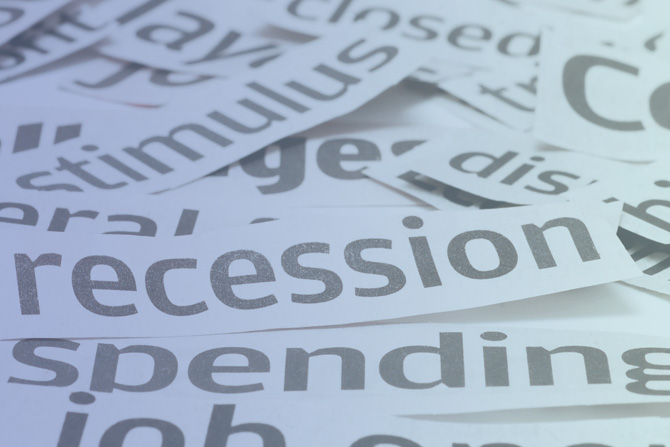By Patrick Gilbert, BKD
Some financial institutions have been criticized in the past for their reactionary — or “fix-on-failure” — approach to serving the needs of their customers. While certain banks have taken major strides in overcoming this criticism, the perfect storm of regulation, competition, and increasing pressure to be a trusted advisor to the commercial customer still lingers for many.
However, looking forward to the post-COVID-19 world, there exists a unique opportunity for lenders — especially those willing to address any historically reactive lending processes related to troubled debt and financial recovery planning. In fact, those who proactively engage customers now to help them see their businesses differently will likely build customer loyalty, avoid potential loan loss and effectively manage ever-changing credit risk dynamics.
Here are three proactive business planning steps you can take now to help borrowers not only survive but thrive in the future.
1. Plan With a Curve — No One’s Future Is Flat
Over the last few months, enormous pressure has been placed on lenders to ensure a critical flow of capital and maintain cooperation in response to federal economic stimulus. Many commercial customers would not have survived without these measures, highlighting the need for a strong banking relationship. As helpful as these measures have been, they are only intended to deal with immediate liquidity pressure. While customers scrambled to get in line, and banks sought to respond, there has not been much time to think about the problems that lie on the horizon.
Yet for each borrower, the impact of COVID-19 and the subsequent recovery brings with it a series of problems that will unfold over set time horizons. These unique “problem horizons” vary for each borrower and may include issues such as covenant violations, customer credit issues, reductions in force or the need to restructure debt.
In the past, many lenders have been reactionary in how they’ve addressed these issues. But given the breadth of COVID-19’s impact across industry and supply chains, lenders must help each borrower plan across multiple time horizons. Each problem horizon should be matched with a “planning horizon” that includes critical business planning steps addressing customers, vendors, employees, inventory and financing options. The planning horizon should embed scenario planning capabilities to analyze not only an evolving set of business-specific changes, but also business environment changes.
2. Perform “Bottom-Up” Rather Than “Top-Down” Financial Analysis
The challenge most borrowers face is that they have never been forced to rethink how to approach business planning in the way now required. Instead, most borrowers have become accustomed to managing their businesses using top-down, aggregate-level financial analysis, which isn’t discrete and does not provide the same level of flexibility needed to evaluate changing scenarios. In turn, they provide this same broad brushstroke analysis to their lenders and often expect them to weigh in on strategic decision making.
Consequently, we advise lenders to help borrowers begin to analyze their businesses from the “bottom-up” using transaction-level data. As it relates to recovery planning, the first step is to construct a dynamic 13-week cash flow roller to identify critical liquidity gaps. The cash flow model should include multiple discrete data sources, which feed into the model, so the uncertainty regarding the timing and amount of various cash flows can be evaluated.
The second tool we advise building is a bottom-up unit-level economic model. The purpose of the economic model is to analyze the two largest unknown dynamics affecting profit variability: the effect of changes to your volume and mix. This model has several components, including a unit-level sales and margin model, which looks at contribution margins by different segments of the business (such as customer, item, product line or business unit) and effects of planned cost-saving initiatives and then feeds into projection tools to forecast changes in mix and product volume on a longer-term basis.
3. Realign Operating Models and Business Strategies
While the bottom-up economic model is built to evaluate changes in the business, it is also critical to evaluate changes to the business. This may include assumptions about economic recovery or additional regulation. Nonetheless, we advise lenders to help borrowers identify specific drivers of change to evaluate the impact on future profitability. As operating models change and are realigned to new business strategies, risk profiles will change, too. The lender who is involved at this level should be able to not only better assess risk but also identify opportunities.
Right now, every lender is faced with opportunities. Those who are proactive in the financial recovery planning process will serve their customers well, not just for the next few months but for many years to come.
By Patrick Gilbert, BKD
This story appears in Issue 4 2020 of The Kansas Banker Magazine.









